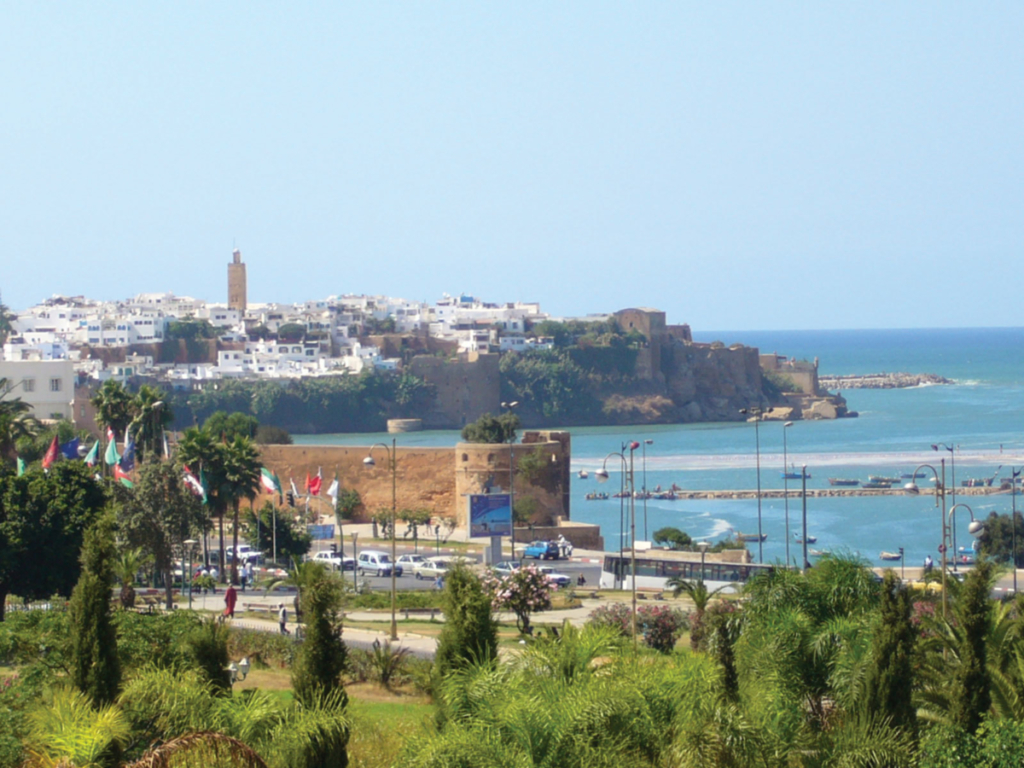
Rabat, national capital of Morocco | Photo: Britannica
The Country spotlight for the second issue of our Debt Newsletter for Public Debt Managers in Africa on "Strengthening public debt management capabilities and developing local debt capital markets", was Morocco.
Public debt in Morocco has increased significantly from 65.2% of Gross Domestic Product (GDP) in 2019 to 77.6% in 2020 due to the COVID-19 crisis. Although this is well above the risk benchmark of 70% of GDP for emerging markets, the IMF assessment is that Morocco’s public sector debt remains sustainable (IMF, 2021a).
Effective debt management in Morocco has helped to limit potential debt vulnerabilities by achieving the following characteristics of the debt profile: i) relatively long maturity (weighted average maturity of about 7.5 years), ii) relatively low share denominated in foreign currency (about 25%) and iii) investment base made mostly of local investors, many of whom are long-term investors (IMF, 2021a). Due to these features, as well as to its solid track record and favourable ratings, Morocco’s government has maintained steady access to international capital markets at favourable terms over the last 10 years, and more recently during the health crisis.
In responding to the COVID-19 crisis, Morocco diverted from its debt management strategy and increased external funding in 2020. Greater access to external borrowing, including the full drawing of the IMF Precautionary and Liquidity Line (PLL) arrangement, helped to maintain international reserves at adequate levels in 2020. However, this is seen as a temporary diversion, with domestic markets remaining the main source of funding for the government. The total borrowing requirement in 2021 will be split between 24% of external debt and 76% in domestic debt.
Morocco’s domestic market is well developed and forms the base of the country’s financial system. In maintaining and improving the depth and liquidity in the market, the Treasury is a major player and through its annual auction programme, ensures a regular supply of government securities and presence in the market. Moreover, while some countries have relied heavily on shorter-term domestic financing, reflecting borrowing cost considerations and nascent domestic markets for long-term instruments (for example, Egypt), Morocco issued long-term domestic bonds (IMF, 2021b).
Although there are concerns of rising COVID-19 cases in the region, the risks are limited for Morocco as its vaccination programme has made good progress with a significant share of the population expected to be inoculated by the end of 2021.